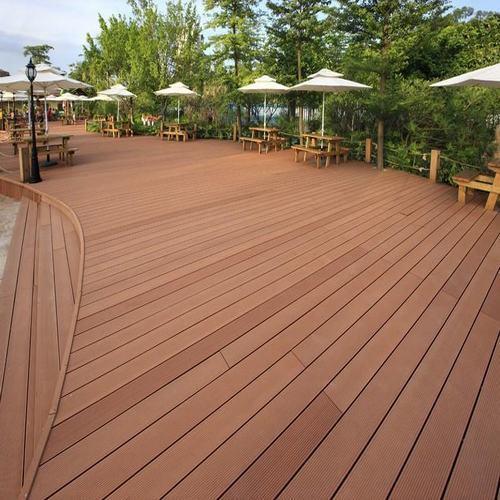Furniture is much more than just wood, fabric, and metal arranged to fill a room. It is the backbone of any living or working space, shaping the atmosphere, reflecting personal style, and most importantly, offering functionality and comfort Furniture. From the elegance of a handcrafted wooden chair to the sleek minimalism of modern modular sofas, furniture tells a story of taste, culture, and lifestyle. In today’s fast-paced world, where our surroundings greatly influence our mood and productivity, furniture has evolved into an art form that merges design with practicality.
The Role of Furniture in Everyday Life
Whether at home or in the workplace, furniture defines how we interact with our environment. Imagine a living room without a sofa, a dining space without a table, or an office without a chair — the emptiness would not only make the space incomplete but also non-functional. Good furniture transforms an empty structure into a warm, inviting, and usable place.
At home, furniture provides comfort and helps create a sense of belonging. Sofas, beds, dining tables, and wardrobes are not just utility pieces but companions to our daily routines. A bed ensures rest after a long day, a dining table gathers family for meals, and a study desk helps foster concentration. Each piece plays a vital role in supporting our lifestyle.
In offices and commercial spaces, furniture goes beyond comfort. Ergonomic chairs, modular desks, and collaborative workstations are designed to boost productivity, reduce fatigue, and encourage creativity. The right furniture setup can directly impact focus, efficiency, and employee well-being.
Furniture as an Expression of Style
Beyond its functional importance, furniture is an expression of personal style and identity. The colors, textures, and designs we choose reflect our personality and aesthetic preferences. For instance, a rustic wooden table may represent a love for tradition and nature, while a glass-top minimalist desk may signal a preference for modernity and simplicity.
Interior design trends constantly influence furniture styles. Mid-century modern furniture, known for its clean lines and timeless appeal, remains popular among homeowners who love sophistication. On the other hand, bohemian-inspired furniture, with its vibrant colors and eclectic vibe, appeals to free-spirited individuals. The Scandinavian style, emphasizing minimalism and functionality, has become a global favorite for its ability to make spaces look bright, organized, and welcoming.
The Evolution of Furniture
The story of furniture dates back thousands of years. Early humans used stone and wood to create primitive seating and storage solutions. Ancient Egyptians carved intricate wooden chairs and beds, often decorated with gold and ivory to showcase wealth. The Greeks and Romans contributed to comfort by designing cushioned seating and reclining lounges.
Over centuries, furniture design evolved with cultural shifts and technological advancements. The Renaissance period emphasized ornate craftsmanship, while the Industrial Revolution made mass-produced furniture accessible to more people. In the 20th century, modernism revolutionized furniture with sleek, functional designs, focusing on simplicity over decoration. Today, furniture design is influenced by sustainability, technology, and a growing demand for versatility.
Sustainable Furniture: A Growing Trend
In the modern era, sustainability has become a driving force in furniture manufacturing. With increasing awareness of environmental issues, consumers are looking for eco-friendly alternatives. Furniture made from reclaimed wood, bamboo, rattan, and recycled materials has gained popularity. Brands are also adopting responsible practices such as reducing waste, using water-based finishes, and sourcing wood from certified forests.
Moreover, multifunctional furniture plays a key role in sustainable living. For example, a sofa bed, a foldable dining table, or modular shelving not only saves space but also reduces the need for excessive furniture pieces. Compact homes in urban areas particularly benefit from these innovative designs.
Technology Meets Furniture
Technology has entered the furniture industry in exciting ways. Smart furniture, designed with built-in features, is becoming increasingly popular. Examples include height-adjustable smart desks, beds with sleep-tracking sensors, and coffee tables with wireless charging pads. These innovations aim to integrate comfort with modern living needs.
Virtual reality (VR) and augmented reality (AR) are also revolutionizing the shopping experience. Customers can now visualize how a piece of furniture will look in their home using AR apps, making it easier to choose the right design, size, and color.
Tips for Choosing the Right Furniture
When selecting furniture, several factors should be considered to strike the right balance between comfort, functionality, and style:
Purpose First – Define whether the furniture is for comfort, storage, work, or decoration. This helps narrow down options.
Size and Space – Measure the room carefully to ensure the furniture fits well without overcrowding.
Material and Durability – Choose high-quality materials that promise longevity, especially for frequently used pieces like beds or sofas.
Comfort Factor – A beautiful chair is pointless if it isn’t comfortable. Always test before buying.
Style and Aesthetics – Ensure the furniture matches or complements the overall décor theme of your home or office.
Budget – Good furniture is an investment, but balancing quality with affordability is essential.
Conclusion
Furniture is not just about filling a space it is about creating an environment that reflects who we are, supports our daily activities, and enhances our quality of life. From traditional wooden craftsmanship to smart, tech-enabled innovations, Furniture Dubai continues to evolve with changing lifestyles and needs. Whether you are designing a cozy home or a dynamic office, choosing the right furniture means blending functionality, style, and comfort. Ultimately, the art of furniture lies in its ability to transform empty spaces into meaningful, livable places that tell a story of identity and lifestyle.




